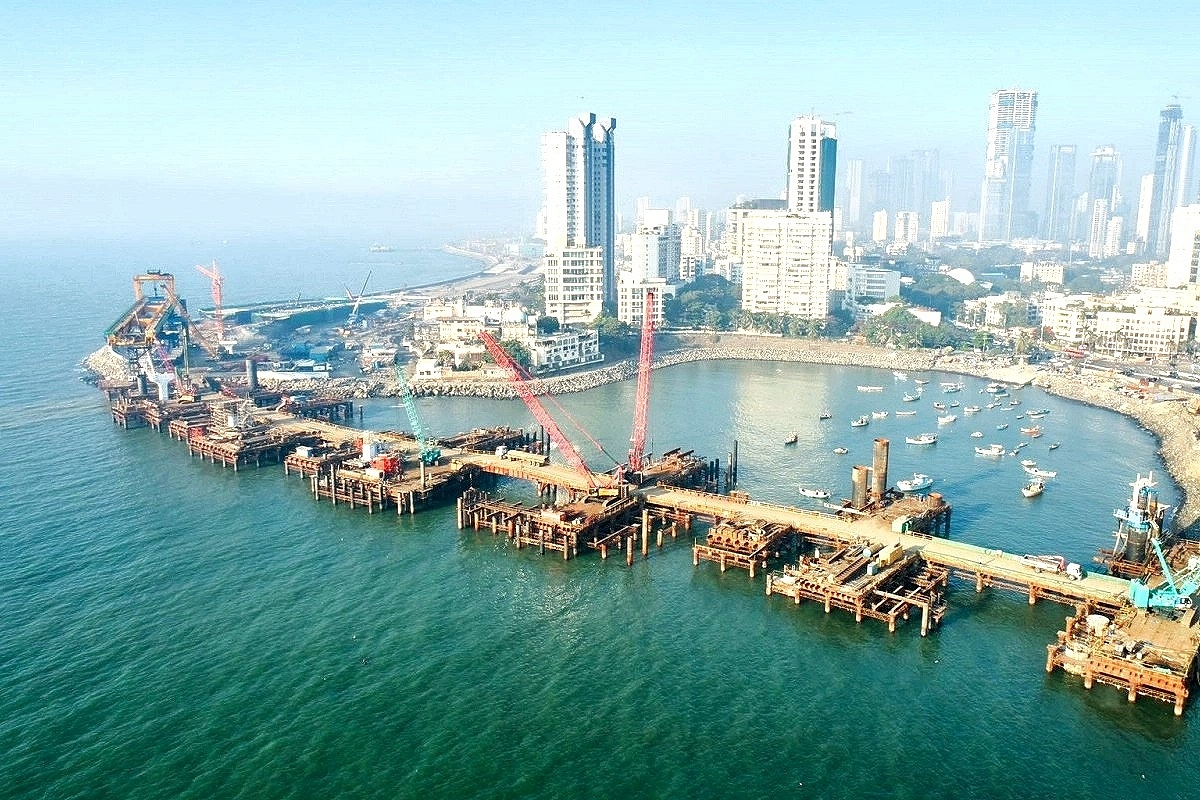
The project involves large-scale land reclamation from the Arabian Sea to create the roadway. Approximately 111 hectares of land are being reclaimed to construct an eight-lane expressway that will improve traffic flow and connectivity between South Mumbai and the western suburbs. Special care is being taken to ensure environmental sustainability, with the use of eco-friendly materials and techniques to minimize ecological impact.
A sprawling 8 km-long promenade is being developed alongside the coastal road to enhance public spaces and promote recreational activities. This waterfront walkway will feature cycling tracks, jogging paths, landscaped gardens, and seating areas, providing Mumbaikars with scenic views of the Arabian Sea while promoting an active lifestyle.
To protect the reclaimed land and the roadway from high tides and coastal erosion, a reinforced seawall is being constructed. This structure will act as a protective barrier against rising sea levels, ensuring the long-term sustainability of the coastal infrastructure while preventing damage to the road during monsoons.
Given Mumbai’s vulnerability to heavy monsoons and rising sea levels, floodgates are being incorporated into the design of the project. These flood control mechanisms will help manage excess water inflow, prevent waterlogging, and mitigate the impact of potential coastal flooding, ensuring the road remains operational even during heavy rains.
To support public transportation and decongest city roads, dedicated bus bays and parking spaces are being developed along the coastal road. These facilities will encourage the use of public transport, reduce traffic congestion, and provide convenient parking solutions for commuters.
A major highlight of the project is the construction of tunnels, which will provide an uninterrupted and high-speed transit route. These tunnels are designed to pass under existing roadways and marine areas, ensuring seamless connectivity while minimizing environmental impact on coastal ecosystems.
The Mumbai Coastal Road is more than just an infrastructure project—it is a visionary step towards modernizing Mumbai’s transport network. By integrating land reclamation, eco-sensitive construction, efficient flood control measures, and world-class road infrastructure, this project aims to redefine urban mobility while preserving Mumbai’s coastal beauty.